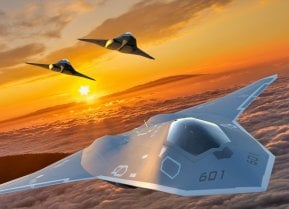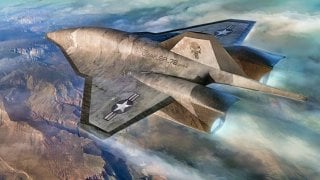SR-72: America's Next Hypersonic Marvel or Overhyped?
In "Top Gun: Maverick," Tom Cruise's character pilots a fictional spy plane named "Darkstar," inspired by the real SR-72 project. Could it actually take flight?
Summary and Key Points: In "Top Gun: Maverick," Tom Cruise's character pilots a fictional spy plane named "Darkstar," inspired by the real SR-72 project.
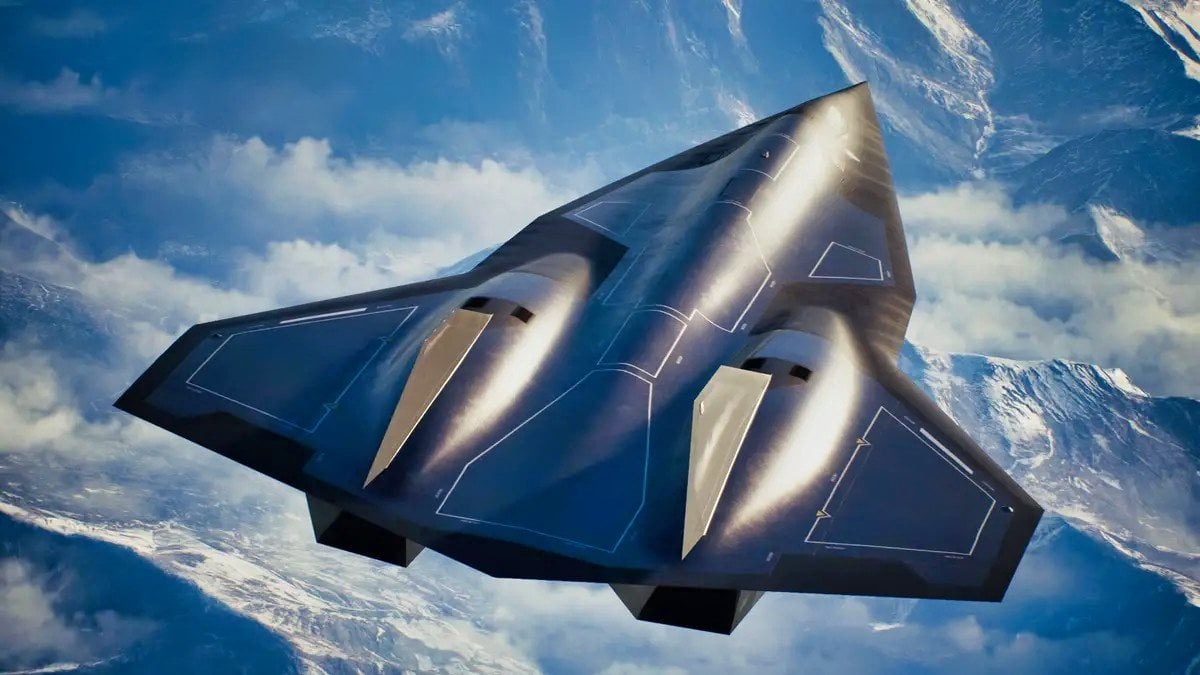
-The SR-72, also known as the "Son of the Blackbird," is a hypersonic aircraft being developed by Lockheed Martin's Skunkworks team, capable of reaching speeds of Mach 6 and potentially launching hypersonic weapons.
-Unlike the SR-71, the SR-72 may be armed. However, critics argue that the U.S. Air Force should prioritize Project Mayhem, an unmanned hypersonic bomber capable of carrying more weapons and penetrating advanced air defenses, to counter threats from Russia and China.
Inside the SR-72: The Successor to the Legendary Blackbird
There is a moment in the most recent Top Gun film where Tom Cruise’s character—Maverick—pilots a warplane that looks more like a UFO than it does a plane and takes to the unfriendly skies.
This plane was codenamed “Darkstar.” It was supposed to be the newest spy plane that the US military has been developing, the SR-72 Darkstar.
As a fun aside, the Chinese saw the mockup used in the film sitting on a tarmac during the filming of Top Gun 2 and re-tasked one of their spy satellites to photograph the plane, not realizing it was a model for a movie.
But it was based on a real system.
The SR-72: Son of the Blackbird
It's an amazing engineering feat and everyone involved in the program should be proud of their contributions to this new system.
While the plane is called “Darkstar” in the newest Top Gun outing, the real SR-72 has no name. It has been nicknamed as the “Son of the Blackbird,” probably the greatest plane the US military has ever deployed.
The other interesting bit that makes the SR-72 more alluring to defense planners is that, unlike its SR-71 predecessor, the designers in several reports of the SR-72 claim that plane can launch weapons. This was always a sticking point with the SR-71 Blackbird: it could take pretty pictures and it broke every flight record imaginable.
Yet, it couldn’t launch weapons (and ultimately its spying ability can be done for a fraction of the cost by satellites in orbit).
More importantly, the SR-72 might fire hypersonic weapons being developed by Boeing. Such a development would place the SR-72 in a class of its own. Yet, the Americans have struggled to produce hypersonic weapons—unlike their rivals in Russia and China. Recently, the Americans have tested air-launched hypersonic weapons from the B-52 Stratofortress. But the B-52 is a big bomber whereas the SR-72 is not.
Could it even launch such a powerful weapon while it is traveling at the incredible speeds it will be?
Lockheed Martin, which is designing the SR-72 along with its legendary Skunkworks team, claims that the new bird can travel at Mach 6, or around 4,000 mph at an altitude of 85,000 feet. It was further revealed that the SR-72 would be unmanned, at least according to some reporting.
There is no doubt that the SR-72 is a modern marvel. Given the current threat environment and the chaotic political times which could complicate the military’s ability to fund such a complex program, does the Air Force really need what is basically a reconnaissance plane like the SR-72?
It would seem that, given the threats that Russia and China are posing to the United States, a hypersonic bomber would be much more useful today.
Why Hypersonic Matters
Hypersonic planes and weapons are useful not because they are the fastest craft to ever fly the unfriendly skies. They are useful because of the unpredictable courses they fly. Modern air defenses cannot defend against such unpredictability (not yet, at least). Until air defenses can catch up with the hypersonic revolution, the Air Force should build a system that can carry more weapons than cameras.
With the advent of anti-access/area denial (A2/AD), the US military’s ability to project power near the territories of distant enemies has been complicated. Power projection is the sine qua non for the US military. Failure to reliably project power means that the United States will be defeated. But hypersonic systems are seen as one surefire way to overcome whatever A2/AD advantages the Chinese, Russians, or any other US rival may have built for themselves.
Project Mayhem Meets SR-72
This gets us to Project Mayhem, which is the US Air Force’s planned unmanned hypersonic bomber. There is some speculation that the engines being developed for the SR-72 serve as the testbed for the engines that will power Project Mayhem’s flight. But, these two projects are separate.
And it begs the question why the Air Force wouldn’t simply be prioritizing Project Mayhem?
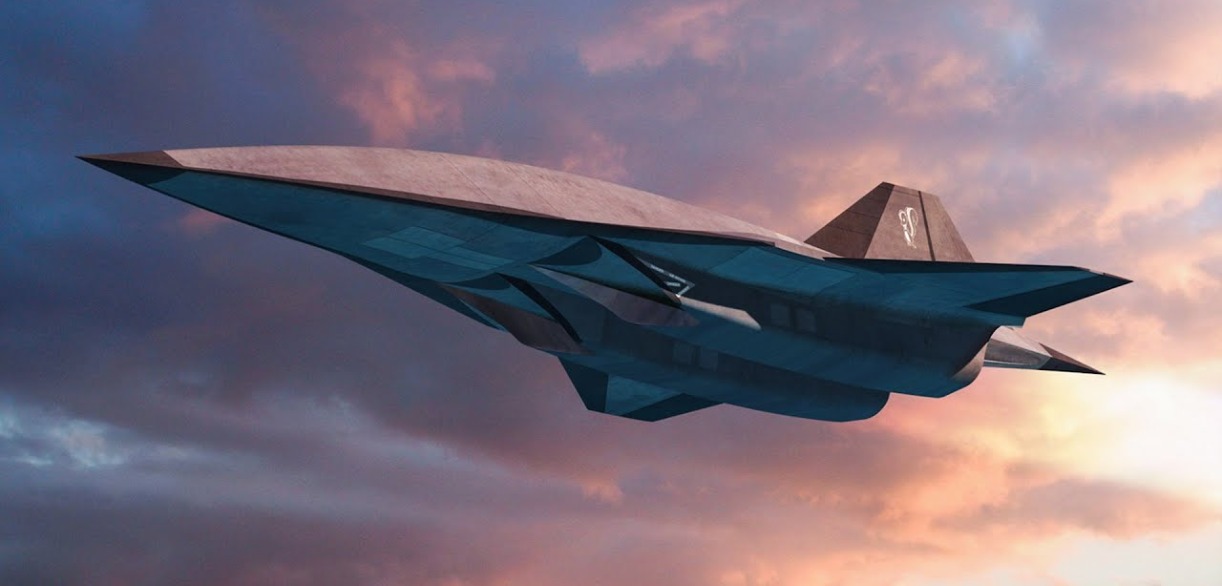
Project Mayhem, like the SR-72, is believed to travel at or around Mach 6. But it could carry a greater number of weapons. What’s more, the hypersonic payload it can deploy will outstrip the firepower of any existing platform. The advantage that a hypersonic bomber would have over other bombers is that the hypersonic platform could deliver conventional bombs more effectively over a target protected by advanced air defense networks. An ordinary bomber would likely be stymied by this complication.
But the Project Mayhem hypersonic bomber could easily fly beyond the air defenses and drop the bombs over target before ever being threatened.
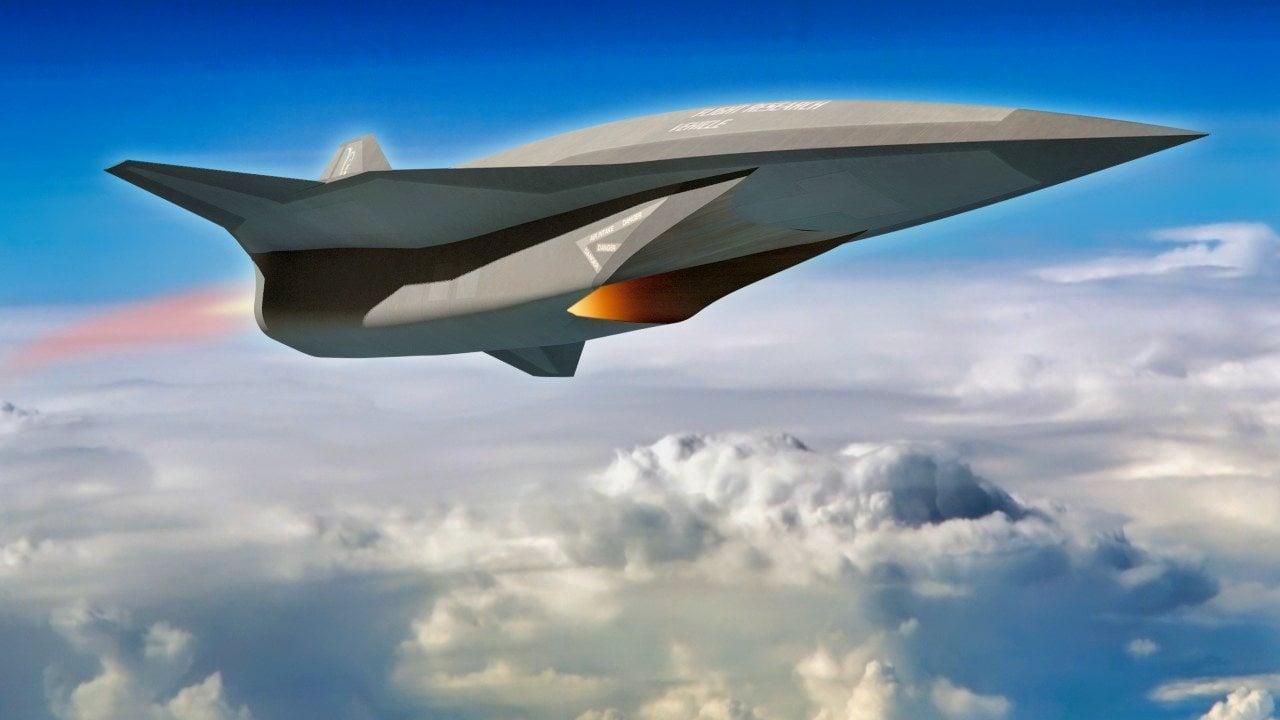
The Air Force is right to focus on hypersonic capabilities. The SR-72 is certainly a cool and innovative design. But that should not be the priority. Project Mayhem and its overall mission of delivering a reliable hypersonic bomber capability to the Air Force should be the priority.
About the Author
Brandon J. Weichert, a National Interest national security analyst, is a former Congressional staffer and geopolitical analyst who is a contributor at The Washington Times, as well as at American Greatness and the Asia Times. He is the author of Winning Space: How America Remains a Superpower (Republic Book Publishers), Biohacked: China’s Race to Control Life, and The Shadow War: Iran’s Quest for Supremacy. Weichert can be followed via Twitter @WeTheBrandon.
All images are Creative Commons or Shutterstock.
From the Vault
Russia Freaked Out: Why the U.S. Navy 'Unretired' the Iowa-Class Battleships
Battleship vs. Battlecruiser: Iowa-Class vs. Russia's Kirov-Class (Who Wins?)
